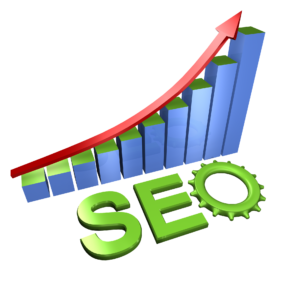- Home
- SEO Services
- Four Star SEO
- Local SEO Services
- Website Services
- Content & Media Services

We can get you set up with Google Analytics and GMB. Initial errors on GMB can get the indexing of your site delayed by months. Do it right the first time.
- About Us
- Client Results
- Web Design Samples
- Contact Us
- Make A Payment
 The importance of image optimization for businesses is evident when considering the following benefits:
The importance of image optimization for businesses is evident when considering the following benefits: